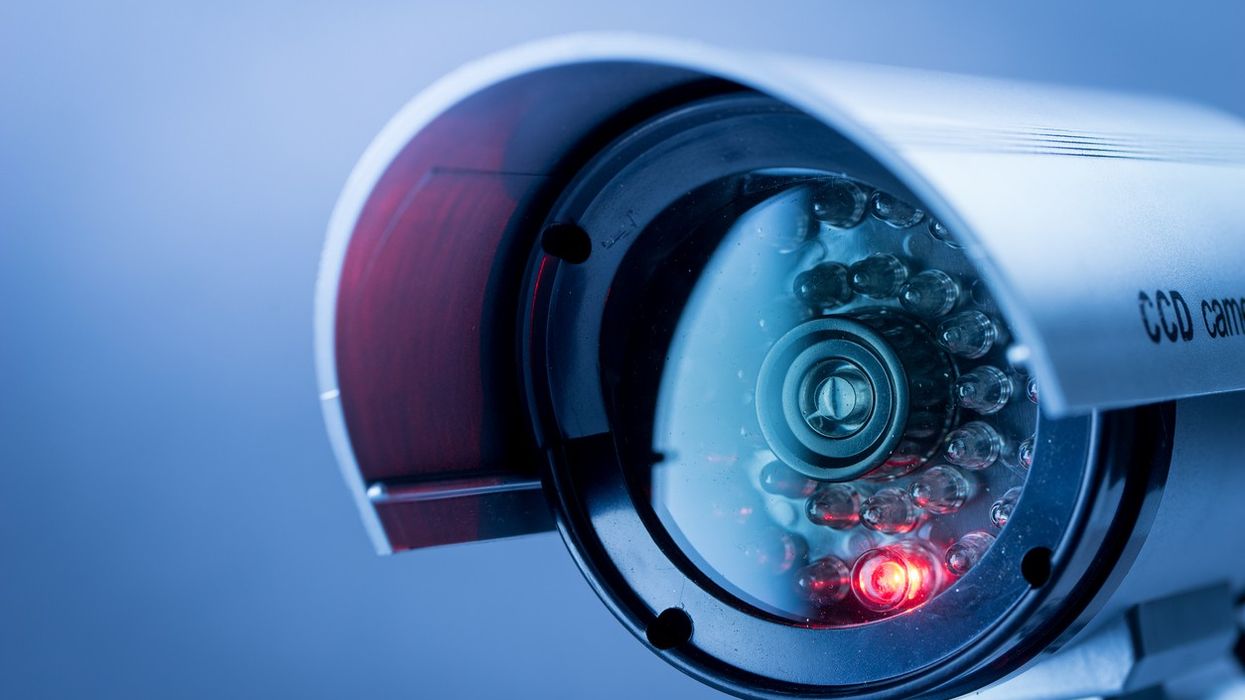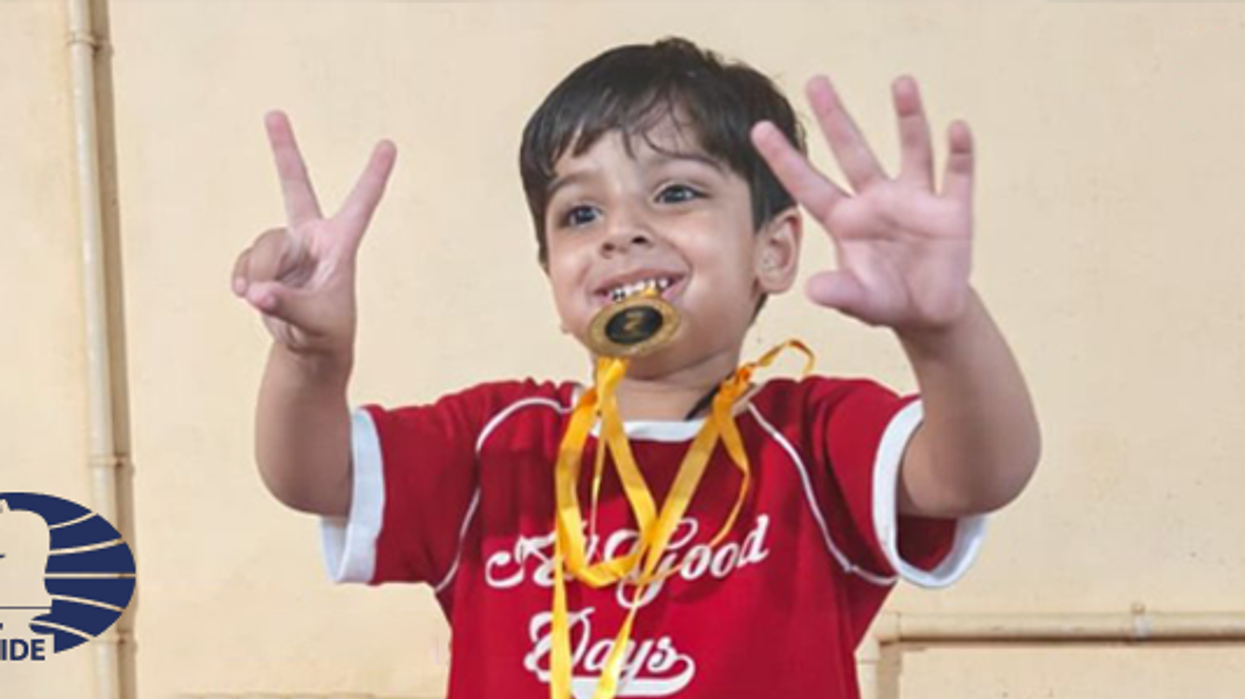INDIAN information technology giant Infosys has set up a technology and innovation centre in Arizona, US, and plans to hire 1,000 American employees in the state by 2023.
Arizona Technology and Innovation Centre has a special focus on autonomous technologies, Internet of Things (IoT), full-stack engineering, data science and cybersecurity, the company said in a statement on Friday (13).
Infosys’ investment in Arizona is expected to amplify top local talent alongside the best global talent to shrink the IT skills gap in the state.
Hiring is in progress, and the centre will move to its permanent location, a 60,000-square-foot facility, in the Arizona State University (ASU) Novus Innovation Corridor by 2020, which will accommodate up to 500 employees.
The centre will include a series of living labs, showcasing new prototypes in virtual reality, augmented reality and robotic technologies, and will serve as a space to foster co-creation, training and collaboration.
In addition to this, the centre is home to a Makers Space, which encourages innovation through 3-D printing and other Makers projects.
As part of Infosys’ efforts towards workforce development and solving the science, technology, engineering and mathematics skills gap in the US, the company announced a partnership with InStride that will allow its employees to complete degree programmes and continuing education courses through ASU.
Pravin Rao, Chief Operating Officer, Infosys said: “The inauguration of our Arizona Digital Technology and Innovation Center is an important milestone in our efforts to help American enterprises accelerate their digital transformations.”
“Our focus on digital change driven by data, cloud and experience is the foundation of our digital centres across the US.”
The company, which had in 2017 announced its commitment to hire 10,000 American workers in two years time, said it had surpassed that target.












